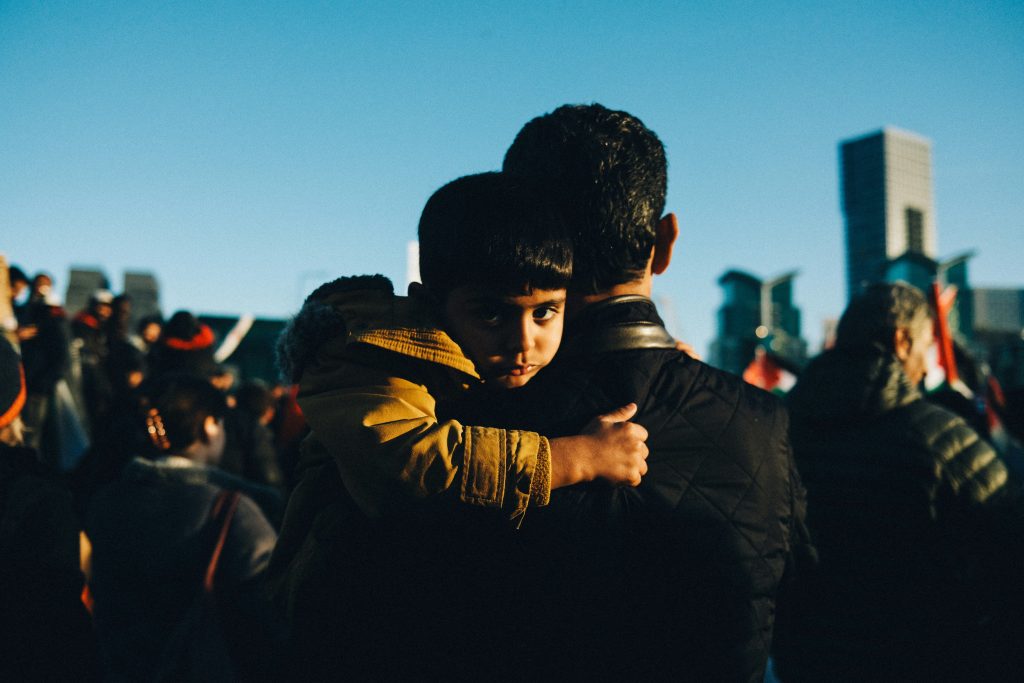[FR] The global pact on migration: a European inspiration

The ‘Global Compact for Safe, Orderly and Equitable Migration’, which Ban Ki-Moon wanted before he left to head the United Nations and which Barack Obama’s United States strongly supported at the time, was adopted by delegates from 159 countries at an intergovernmental conference in Marrakesh (Morocco) on 10 December. It is due to be definitively adopted at the next United Nations General Assembly on 19 December.
It is important to emphasise the unifying, and not just global, purpose of this text. It is part of the drive to humanise globalisation undertaken by the United Nations since the introduction of the ‘shared sustainable development goals’ (SDGs) in 2015, itself an echo of the first ‘Millennium Development Goals’ (MDGs), which marked the turn of the century.
There is indeed a unity of action. As in the case of the SDGs, the aim is to establish, on a voluntary basis, a framework for action, principles and common objectives, applicable to all States, whether of destination, departure or transit, in order to order the unstoppable increase in human mobility inherent in the process of globalisation. What for some will lead to effective respect for human rights will also be for others a means of better ensuring social cohesion through respect for a form of global rule of law.
There is also a unity of time, in this case the long term. The pact is not binding. Its monitoring will be entrusted to the International Organisation for Migration (IOM), an institution linked to the United Nations, one of whose main tasks today is to support the voluntary return of migrants who have not obtained regular residence permits. The aim of the process is to establish long-term bilateral or multilateral cooperation relations between states in order to facilitate the management of departure and arrival flows in accordance with common rules. It particularly concerns medium- and short-term flows, which today correspond best to the mutual interests of States in the North and South, as well as those of labour migrants and their families.
There is also unity of place. The choice of the city of Marrakech, on the borders of North Africa and sub-Sahelian Africa, has symbolic value. Morocco, the host of the UN event, recently joined the Organisation of African Unity. In recent years, it has chosen to be a ‘bridge country’, a hinge between Africa, the Mediterranean and Europe, turning its back on age-old divisions that no longer correspond to the common future of its peoples.
The divisions and differences between at least six Member States and the rest of the EU over ratification, and the break-up of the coalition government in Belgium (essentially linked to the electoral aims of the Flemish nationalist party N-VA, which wants to form a common front with the Austrian far right in the European elections) should not obscure the essential point. The European Convention on Human Rights and its jurisprudence have largely influenced the drafting of this UN pact.
But conversely, the general economy of the global pact on migration could inspire the reorganisation of European legislation on legal labour migration, as suggested in the recent report by the Jacques Delors Institute (hyperlink). In this sense, the Global Compact represents a benchmark for Europeans and their partners in the South.




